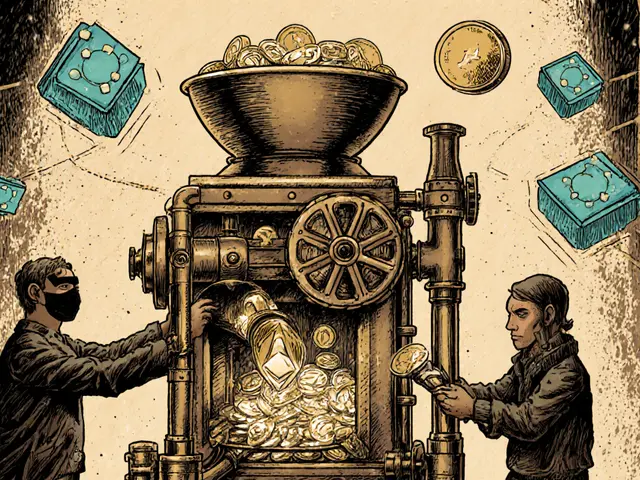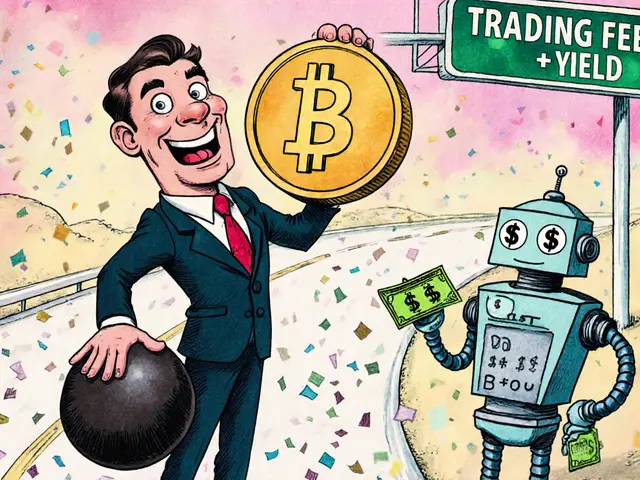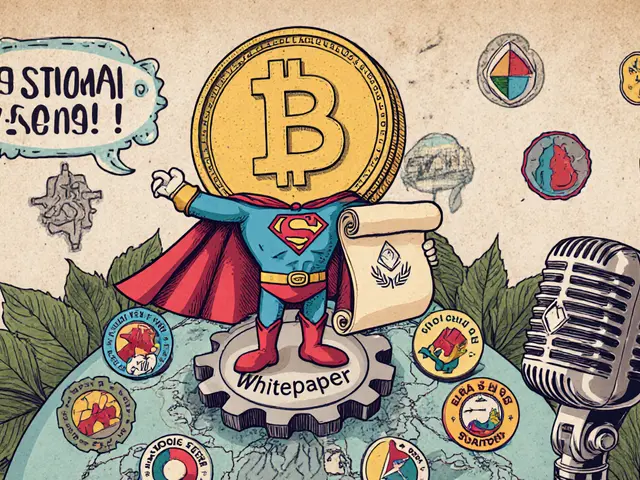Bitcoin Scarcity: Why Limited Supply Makes It Digital Gold
When we talk about Bitcoin scarcity, the fixed, unchangeable limit of 21 million Bitcoin that will ever exist. Also known as digital scarcity, it’s the core reason Bitcoin behaves like gold — not like cash or stocks. Unlike banks that can print more money, or companies that issue new shares, Bitcoin’s supply is hardcoded into its code. No one can change it. Not Elon Musk. Not the Fed. Not even Satoshi Nakamoto if they were still around.
This limit isn’t just a number — it’s a promise. Every Bitcoin mined since 2009 brings us closer to that final coin. Right now, over 19.7 million are already in circulation. That leaves less than 1.3 million left to mine, and the rate keeps slowing down. Every four years, the reward for mining new Bitcoin cuts in half. This is called the Bitcoin halving, the event where miners receive 50% fewer new Bitcoin for validating blocks. It’s not a marketing trick. It’s math. And it’s what makes Bitcoin’s inflation rate drop to near zero over time — something no fiat currency can claim.
Why does this matter to you? Because scarcity drives value. If something is rare and people want it, price tends to rise. Think of it like a limited-edition sneaker, but on a global scale. Bitcoin isn’t valuable because it’s used to buy coffee — it’s valuable because there’s a hard cap. And as more people realize that, demand climbs while supply shrinks. This isn’t speculation. It’s economics. The Bitcoin mining, the process of securing the network and creating new Bitcoin through computational work. isn’t just about security — it’s the engine that slowly releases this scarce asset into the world. And once mining stops around 2140, no new Bitcoin will ever be created.
That’s why Bitcoin is called digital gold, a store of value with properties similar to physical gold — limited supply, durability, and global accessibility. Gold can’t be printed. Bitcoin can’t be inflated. Both are finite. But Bitcoin is easier to move, verify, and divide. And unlike gold, you can’t hide a Bitcoin under your mattress — you need a wallet, a key, and awareness. That’s where education matters. The posts below cover how scarcity affects price, how mining economics work, and why other cryptocurrencies can’t replicate this model. You’ll see real examples of tokens that failed because they had unlimited supply. You’ll learn how halvings have historically triggered bull markets. And you’ll understand why holding Bitcoin isn’t about timing the market — it’s about betting on a system built on absolute scarcity.
Bitcoin halving is a programmed event that cuts the mining reward in half every four years, reducing new Bitcoin supply and reinforcing its scarcity. Learn how it works, why it matters, and what to expect next.
Continue reading





